Leaderboard
Popular Content
Showing content with the highest reputation on 07/25/2023 in all areas
-
I dated a girl in college that had higher calorific value ingedients (which made such a noticeable difference), but explosivity became a factor. I'm sure this adds no value to our discussion. Jus' sayin' . . .7 points
-
I'm imagining that it's fairly warm now where you are being high summer? Being, (Principally) an air cooled motor it will dump heat less effectively if the environment it's operating in is warmer. Hotter engine? More expansion, and on the old 2V lump the valves *Grow* more than the head and rocker support casting so the valve clearance will close up. This is exacerbated if the motor has been working hard and then the bike slows down so it is no longer travelling as fast through its cooling medium. A condition called heat soak back occurs where the head may actually heat up more when the vehicle slows even though the engine is doing less work. The result is that all the clearance can be taken up by expansion so there is none in the valve train. This means that firstly the valves, usually the exhausts as they run a lot hotter, get held slightly off their seats. At higher engine speeds this makes little difference to the engine's ability to run but at idle enough of the charge may be able to escape through the lifted valve to lower compression to the point that the mixture is incombustible leading to an erratic idle or stalling. Secondly, with no clearance in the valve train the tappet will 'Ride' the cam making it impossible for oil to get between the tappet foot and the cam lobe at any point during its rotation. The effects of this can be dire with rapid damage occurring to both cam and tappet. In this case I'll lay odds on the valve clearances being too tight. Regardless of what they are set at I'd suggest checking them using feeler gauges as a 'Go/No-Go' inspection and whatever they are set at just increase the gap by 2 thou. If the problem goes away, and I reckon it will, you can call it good for now. Get a pair of Valpolini rocker cover gaskets as well to save yourself some heartache down the track and remember the piston reaches TDC twice during the engine's 720 degree cycle and you want to set the valves at TDC compression. Not overlap.6 points
-
Apart from all the marketing garbage there is one reason only to run an engine on high or higher octane fuel, detonation. If the engine doesn't have a detonation problem or the running environment or riding style precludes detonation events then high octane fuels are actually a slight disadvantage. Lower volatility of high octane fuels means harder starting, worse carburation in colder weather, poorer low throttle response, less intake air temp reduction due to latent heat of evaporation etc. If it doesn't need higher octane fuel then there is a tangible disadvantage in running it besides the additional costs. Maybe your bike is running richer than ideal and you were riding it at low loads and even in the hot weather you had enough detonation head room that it was ok. Of course maybe your hearing is suspect and you can't hear detonation and ping. Interestingly during the war the Germans had all sorts of issues with their high octane fuels causing engine bearing failures due to fuel dilution. To get the octane rating up and due to critical shortages they were using low volatility aromatics that didn't evaporate off effectively so the oil diluted permanently and cause bearing failures. I do know back in the mid 80's with the first injected 851 Ducatis that were raced tuners ran what they were used to using IE 100 octane avgas and they ran worse than on pump gas and I met a production bike racer at the TT back in 86 that ran it in his Kawasaki 600 at the TT in the production class and he said it carburated worse on the 100 octane. Phil6 points
-
When that bike was on ebay I put in a bid. Went too rich for my blood. The fairing is not original to the Coppa.3 points
-
I would guess heat and wear coupled with the tight clarences. Here's a hint for the future. Once you find TDC on "D" side ("dis-side", rider's right). Mark the alternator fin at the top, like noon on a clock. The "S" side ("s'not-this side", rider's left), the mark will be at 3 o'clock when turn the alternator nut. If you get no clearance with the feeler gauge, go around another full turn. Once you have the "D" done, go around a full turn then a quarter turn to the 3 o'clock. I'd also check the TPS and clean the relay connections, just because.3 points
-
TDC for valve adjustment is when both intake and exhaust valves are closed and the piston is at top dead center. Being a four stoke engine, the piston hits TDC twice for every combustion cycle. The other time the piston hits TDC is when the intake and exhaust valves are open during overlap. So, piston at the top with both valves shut is when you set the valve clearance (as Pete said, you just have to be close on that). If the piston is at the top and neither valve has any clearance odds are you are at the wrong TDC and you do not want to set the valve clearances there. The term "choke" has become generic, engines mostly do no use "chokes" any longer. A true "choke" covered the intake to restrict air going into the engine. First came enrichener circuits that didn't restrict air as a "choke" does, instead they added extra fuel. That is what you would have, for example, on most motorcycle carburetors. The fuel injected V11 uses something even simpler, a fast idle lever that simply opens the throttle slightly to allow the engine to idle fast. It is purely mechanical in function, opening the throttle by mechanically acting on the throttlebody itself.3 points
-
TDC compression is when, if the motor was running, the ignition was about to light the flame. Not being rude but do you understand how the cycle of a 'Four Stroke' engine works? Nobody is born knowing this and there is no shame in saying you haven't a clue as there are loads of folks who will be willing to help you understand if you don't. Without this basic understanding though there is a good chance you will screw something up badly so please. If you don't understand? Swallow your pride and say so. I'm sure that whatever you do for a living would be complete anaethma to me because I'm a spud thick motorbike mechanic so don't be afraid, nobody will laugh at you. Well not unless you nave a neck-beard and pervy socks but if you did you'd be riding a BMW not a Guzzi V11.3 points
-
It doesn't have a choke. It has a fast idle lever and it's purely mechanical and would not be affected by a blown fuse. I don't believe thatV11's have either TDC marks or 'S' and 'D' timing marks as ignition and injection are controlled by the ECU with the triggering function being done by a missing tooth on the tone wheel on the camshaft. To find TDC use the rear wheel and fifth gear to get close and then just pry the teeth of the ring gear through the inspection hole to get the piston as close as possible. A few degrees either way makes no odds. All you have to do is make sure both tappets are on the base circles of their respective cam lobes.3 points
-
2 points
-
Update - I've decided to leave my V11s as they are for the moment. I already have a set of Titanium Racing cans, which I will probably use on the Nero Corsa. So Mikko's Quat D is still available.2 points
-
I don't notice any difference in running 87 up to 93 so I opt for the less expensive 87 stuff. However, in the last year or so "Circle K" brand offers 90 octane non-ethynol, I notice a huge difference in starting/running performance with the non-eth stuff...same with my mower, string trimmer, chain saw, atv, generator, etc., I like it. Prior to last year, non-eth was not readily availabile here in Northeast, Ohio, the fuel was all up to 10% ethynol. Art2 points
-
True about the High Idle Lever on the V11 not being a "choke." It only raises the idle speed based on how it is adjusted (cable and high idle cam engagement). The V11 mapping enriches the mixture every start-up for 4,000+ revolutions, (regardless of engine or ambient temperature: every start-up). These V11 do have 'S' and 'D' flywheel marks to index TDC for the 'left/S' and 'right/D' cylinders. Gotta love @Chuck's Eye-talian looking from the right side inspection hole: D = Dis side / S =S'not dis side *Translation: [D= This side/ S= Not this side ]2 points
-
In different parts of the world, octane is measured differently. In NZ the octane reported at the pump is the RON value only. In the US, octane is calculated as (RON + MON)/2. 100 octane in NZ would be somewhere around 95 octane in the US. I wonder what the Moto Guzzi V11 fuel recommendation refers to? RON or (RON + MON)/2? I tried 100 RON and as @Lucky Phil said, it made no difference, so was wasted money. However, Avgas is different. When I was a young apprentice, I "salvaged" a 25litre drum of 100/130 (green Avgas) from a DC3 going into maintenance and put it in my Honda CB450. It felt faster, so I tested it. It reached 1000rpm more in top gear at the bend on Harewood Road on 100/130 than the "96 Super" of the time. I previously thought that higher octane was only worthwhile with higher compression or a blower, but there it was going faster. Obviously there was some other difference than just octane rating for this fuel to give noticably more power. I had just fitted new 1st oversize pistons and rings, and XS650 cans, but otherwise the 450 was standard. I know that Avgas has less volatiles to avoid boil-off and vapor lock at altitude, and I assume higher calorific value ingredients which made such a noticeable difference.2 points
-
Yes, its a bit warm here. Not Florida or Las Vegas warm but its pretty warm. Tonight after dinner, I removed both plugs, took off the left valve cover and the flywheel spy hole cover. My friend and I struggled to see TDC marks on flywheel by turning the rear wheel, probably in too low a gear. Sadly, we totally failed to see either the S or D mark. Could not spin the flywheel slow enough consistently for a complete revolution. Maybe spinning the alternator is an easier way to find them? We tried guesstimating TDC by looking at the piston come up in the left spark plug hole and honestly, I do think the gaps are tight, because I was never able to get the .004 gauge in any kind of gap on either intake or exhaust. There may be a gap, I just wasn't able to detect it. It was getting late so we gave up and I put everything back together. As I did, I described the symptoms I had noticed to him, loosing the neutral light and the choke not really working so well now and he said it sounds electrical, so I pulled the seat, replaced the two relays I had not swapped out and started pulling fuses. The 30 amp fuse was blown. I got to Autozone just in the nick of time to buy some replacements. Sure enough, after replacing the fuse, when I tried starting it, the neutral light worked again and choke was responsive, and the bike idled as usual. Will need to revisit the valve adjustments some time soon. Thank you all for the constructive comments.2 points
-
Joe, would you stop posting pictures like that please? Makes me get all sorts of funny ideas....2 points
-
This is a simple and easy explanation of how a four stroke engine works. I suggest you leave sound off so you don't have to listen to the irritating music! https://youtu.be/TEIhXNwfkL81 point
-
1 point
-
1 point
-
Using ethanol is not a government conspiracy, it's very good at killing detonation. Today's engines really benefit from it's use. I think Guzzi wrote their standards before modern fuels. I don't venture too far from what they recommended. Just because you can't detonation doesn't it's not there. Might take microscope to bits of aluminum on your spark plug.1 point
-
Yeah, yeah . . . that's what I meant to say . . .1 point
-
Yes. Don't know about "amplifying", but it is bound to have a resonance frequency. If that happens to match a common engine speed on the guzzi, then the thing is on the way to self-destruction.1 point
-
I am no engineer, but that bracket looks like a formula for transmitting, maybe even amplifying, vibration . . . Having long added a timepiece to my bike's gauge cluster, I never could go for the Formation option. Partly because of the size (larger than I prefer), but mostly because of mounting .1 point
-
My goodness, yes! Have you verified your tachometer error with an ECU interface like GuzziDiag? The tach may also be reading optimistically. Higher idle speeds have several important advantages for our V11, including lubrication, cooling, and reduced wear on the clutch mechanism.1 point
-
True, it used to be easier to find out when you did not refill your tank with the required octanes. One of the telltale way was to open the throttle with the engine at lower revs than usual for that specific gear. Then you would get the knocking which would be easy to hear on a motorcycle with the heads close to you. But it is not a open/shut case any longer. The ECU maps are designed to adapt according to what fuel is being burned. Maybe also our V11? In my case, I did not feel any difference to engine behavior. The second way was auto-ignition. But this was back in the carburetors day. You would switch off the ignition, and the engine would keep running as long as the fuel supply last from the carbs. With modern engines, when you switch off, the fuel injection is too.1 point
-
Regarding the '95 Sport 1100, I wonder which museum he bought it from. Reading the description, we need to get the seller to join our forum! [emoji6] Sent from my SM-S901U using Tapatalk1 point
-
Good looking bike https://www.ebay.com/itm/155659431751?hash=item243e066f47%3Ag%3Avp4AAOSwAfpkrIvL&amdata=enc%3AAQAIAAAAwPzOryOS5j%2BTK0jQ%2FgAbKtD4BC8EvGefjE83hulezV6TZACfeyLht2OoTE0uBdATgFdTyK9Gs3Mm%2BiMaG4AZHQAiWEjEay091VCpqAbJiRL9%2F%2F%2F6F5X9ZLxdx8smGTiBWPyQ0wOGFtzSY0A4AqI4em5YKhfMcPlC7zLbe6Az4EuntduC3FE1QYyLnkn8DQuGf0%2FB%2BXl2Muw460UntD7hjkttz4C3tfzNjjFdVU87eFewo8jMLjxsJcmHh%2FwNePiQJw%3D%3D|tkp%3ABk9SR6rdr5exYg&LH_ItemCondition=3000|1000|25001 point
-
I would think of it as better to have the additional margin of safety you would get running premium. Since if it is an issue, you would not necessarily know it until it was too late and the damage is done. I would rather have extra safety margin. But to be fair, the V11 mill is fairly low compression and likely could run just fine on regular. But in certain situations it could become an issue. But true detonation is hard to hear, and the damage it can cause is serious. To me it is not worth taking the chance. I burn so little gas relatively speaking in my bikes that paying a little more per gallon is no big deal to me. Also, the octane requirements are greatly affected by air density. Lower air density means lower octane requirements for the same engine.1 point
-
Whoops, I never new it was intended to run Premium, only ever ran Regular. Next fill-up, I'll give Premium a try, and see if I notice.1 point
-
And on the anchor's plinth: ETERNAL VIGILANCE IS THE PRICE OF LIBERTY1 point
-
1 point
-
The kit arrived but I decided to give it one more shot before the M/C rebuild. I bought a cheap Harbor Freight brake bleeder vacuum. Success in about 6 minutes! I Guess I needed to spend unnecessary money and waste a bunch of time like usual. With the benefit of hindsight, I'm glad I didn't burn the garage down. Thanks Doc1 point

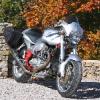





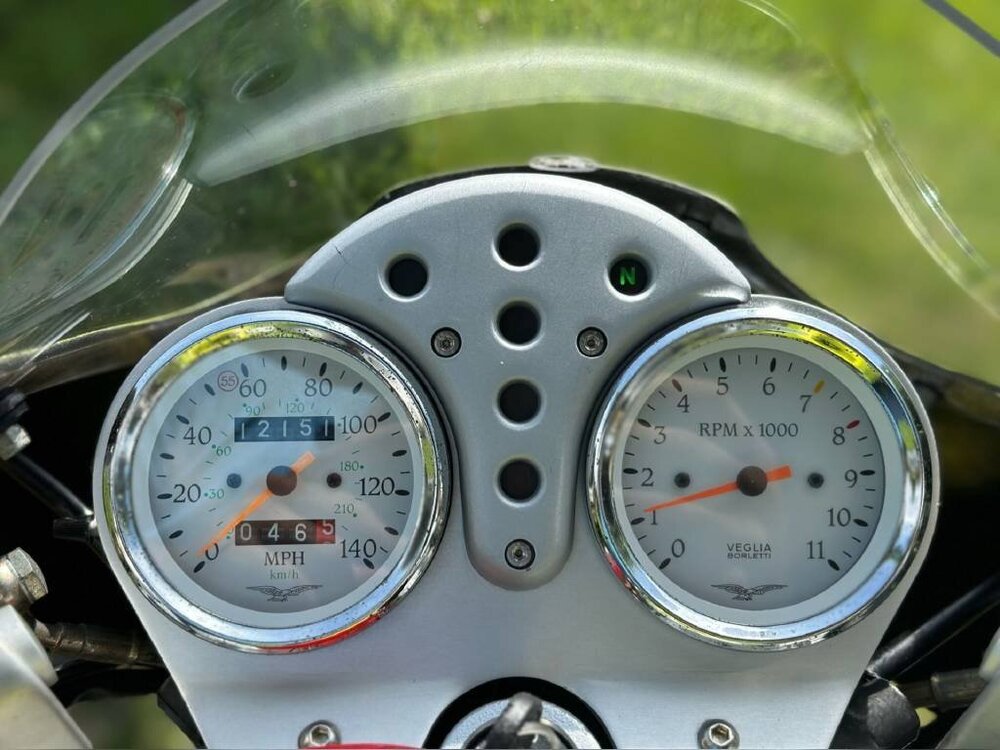

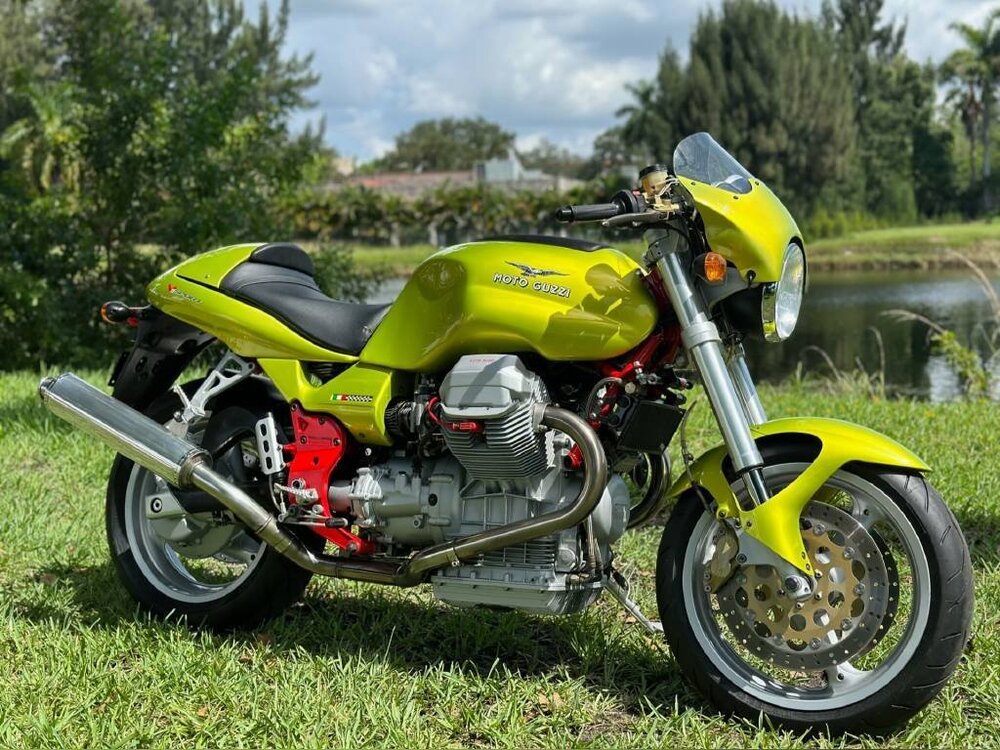
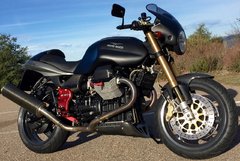


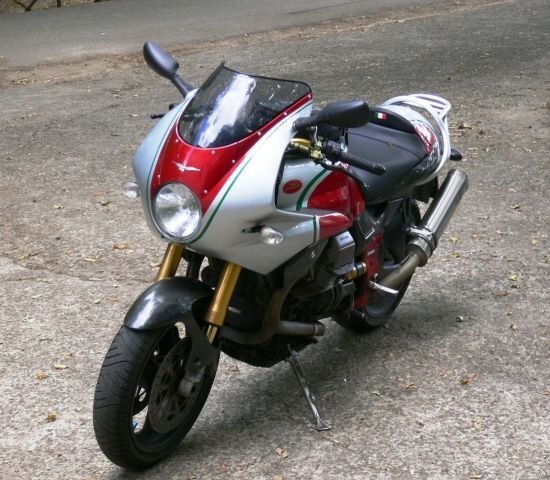



.thumb.jpg.123660f421a04b2ae8c06b69d967599f.jpg)
.thumb.jpg.06da757caff07ebc87b95baaaf765b6f.jpg)
.thumb.jpg.bc1af91665ca443248002dc6570e07c7.jpg)


.thumb.jpg.6ca2ad474f505dd9ad78d32a82ac6c8a.jpg)